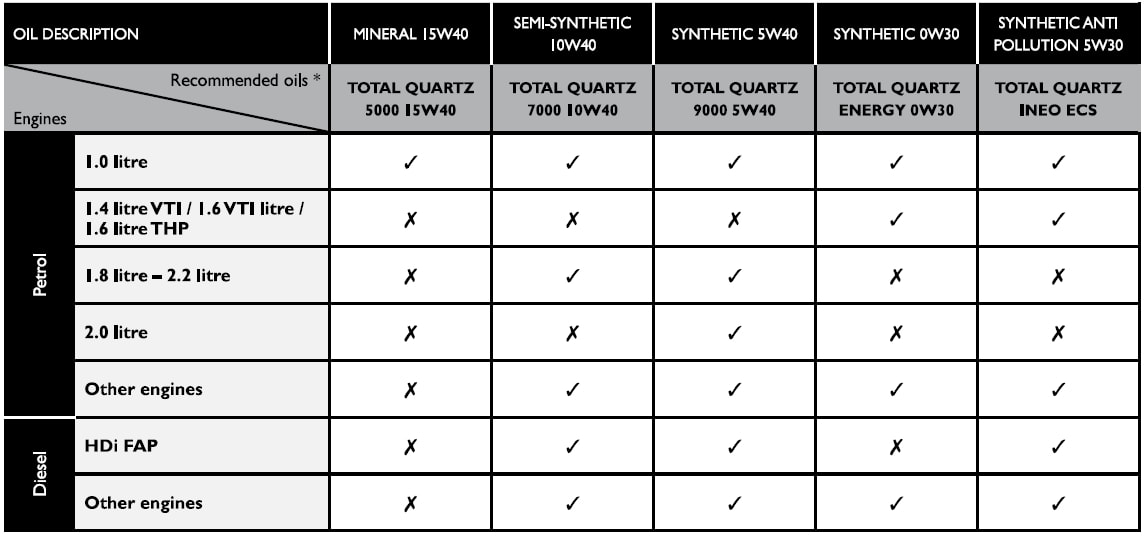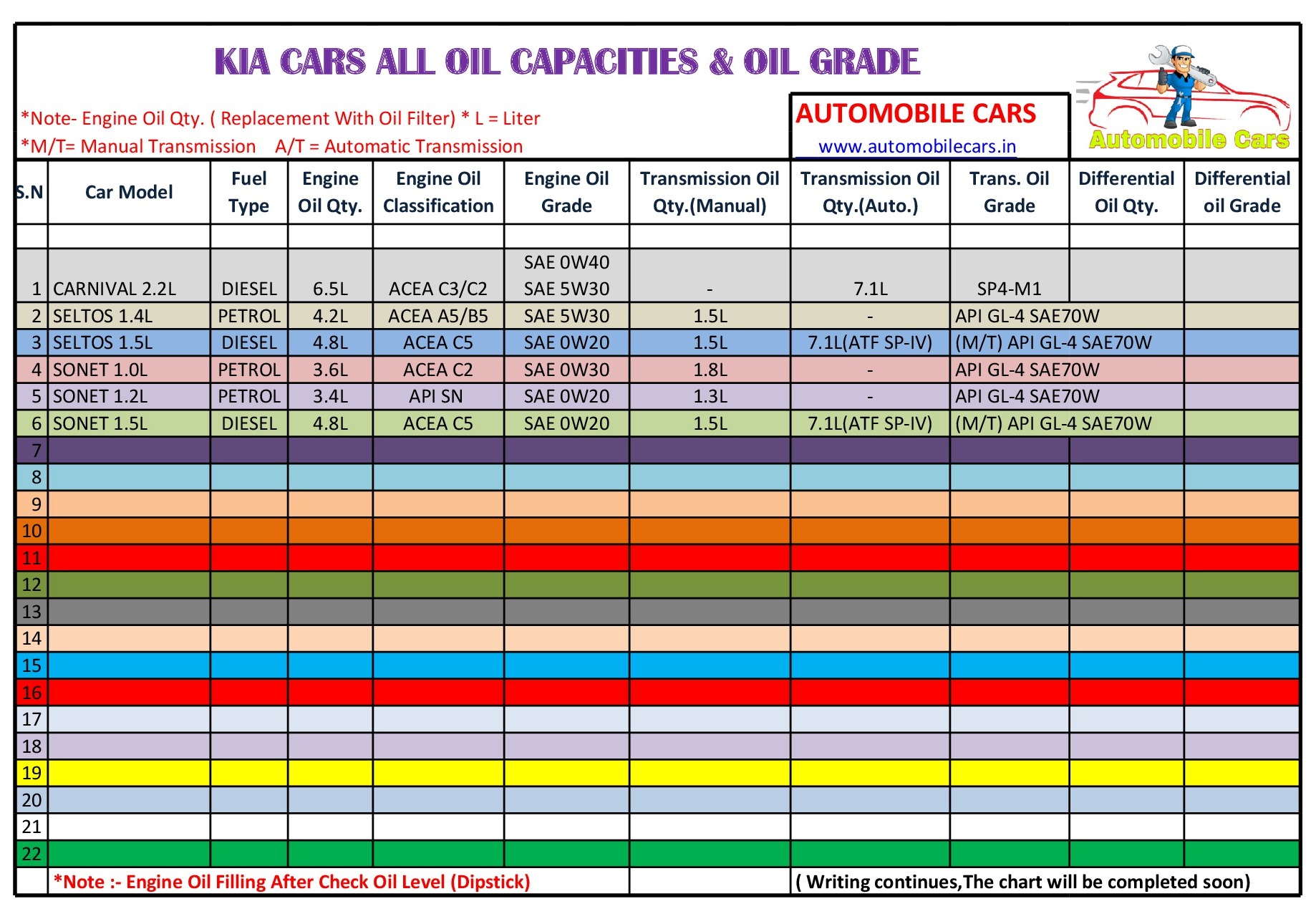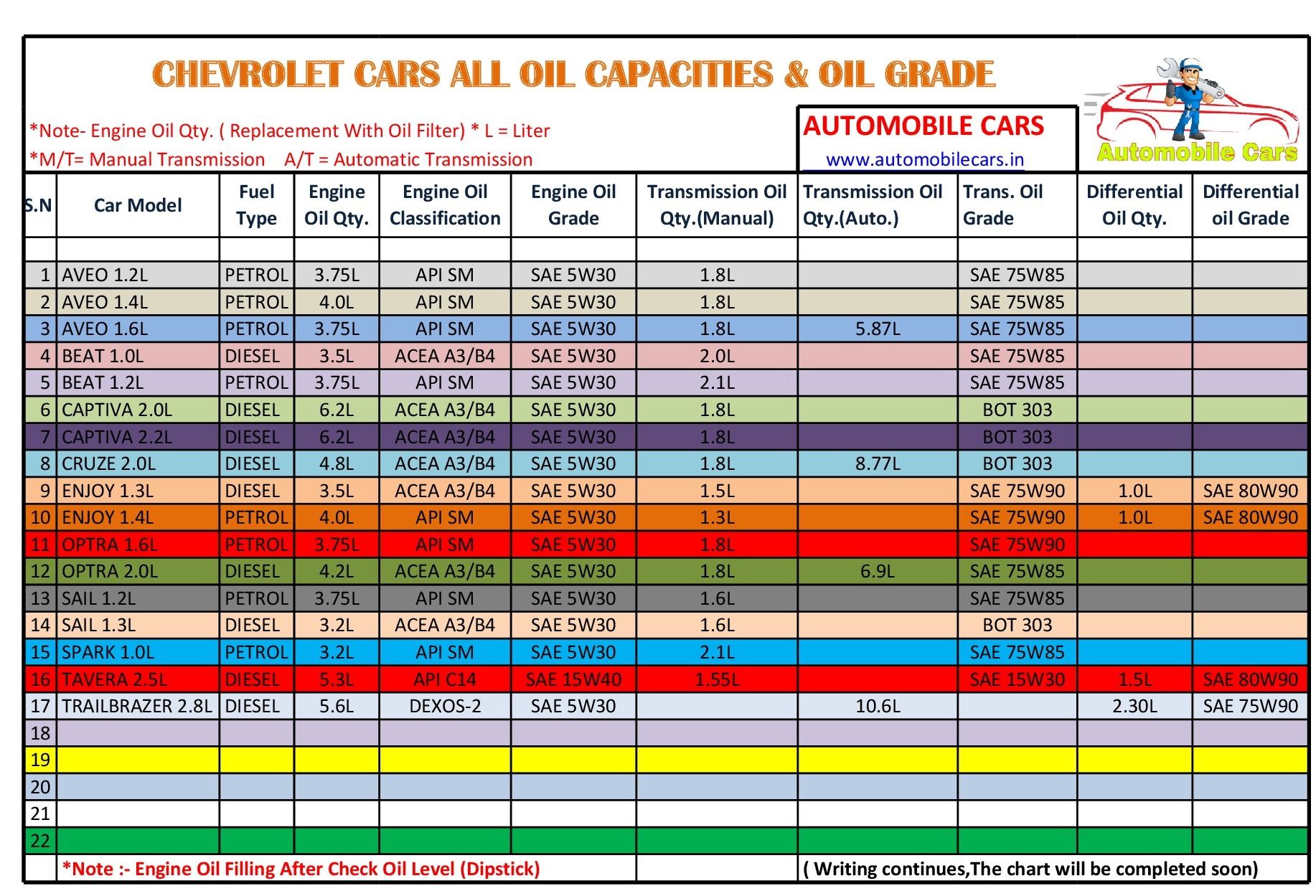

Consult owner manual or handbook if in doubt. Warning: these oils are unsuitable for use in some engines. These oils will increase the DPF and TWC life. Stable, stay-in-grade oil intended for use as catalyst compatible oil in vehicles with DPF and TWC in high performance car and light van diesel and gasoline engines, with a minimum HTHS viscosity of 3.5 mPa*s. These oils will increase the DPF and TWC life and maintain the vehicles fuel economy. Stable, stay-in-grade oil intended for use as catalyst compatible oil in vehicles with DPF and TWC in high performance car and light van diesel and gasoline engines designed to be capable of using low friction, low viscosity oils with a minimum HTHS viscosity of 2.9 mPa*s. Warning: these oils have the lowest SAPS limits and are unsuitable for use in some engines.

Stable, stay-in-grade oil intended for use as catalyst compatible oil in vehicles with DPF and TWC in high performance car and light van diesel and gasoline engines requiring low friction, low viscosity, low SAPS oils with a minimum HTHS viscosity of 2.9 mPa*s. Consult owner manual or handbook if in doubt.ĪCEA C for Catalyst compatibility oils C1 These oils are unsuitable for use in some engines. Stable, stay-in-grade oil intended for use at extended drain intervals in high performance gasoline engines and car & light van diesel engines designed to be capable of using low friction low viscosity oils with a High temperature / High shear rate (HTHS) viscosity of 2.9 to 3.5 mPa*s.

Stable, stay-in-grade oil intended for use in high performance gasoline and direct injection diesel engines, but also suitable for applications described under A3 / B3. Stable, stay-in-grade oil intended for use in high performance gasoline engines and car & light van diesel engines and / or for extended drain intervals where specified by the engine manufacturer, and / or for year-round use of low viscosity oils, and / or for severe operating conditions as defined by the engine manufacturer. Stable, stay-in-grade oil intended for use at extended drain intervals in gasoline engines and car & light van diesel engines specifically designed to be capable of using low friction low viscosity oils with a high temperature / high shear rate viscosit+y of 2.6 mPa*s for xW / 20 and 2.9 to 3.5 mPa*s for all other viscosity grades. The different uses of the oils are labelled by the European ACEA 2012 classification by letter:Ī / B - for passenger car gasoline and light duty diesel enginesĬ - for passenger cars gasoline and light duty diesel engines with after treatment devicesĮ - for commercial vehicles with heavy duty diesel engines ACEA A / B for gasoline and diesel engine oils A1 / B1 Three main factors specifically affecting the european market:ĪCEA specifications are guidelines for European cars. As viscosity is a function of temperature, it applies to all potential ambient and operating temperatures. The first number (15W) refers to the viscosity grade at low temperatures (W from winter), whereas the second number (40) refers to the viscosity grade at high temperatures. The viscosity of an engine oil is an indicator of how readily a loadcarrying film can be formed at all lubrication points in an engine. The development of lubricants is closely linked to the specific applications and application methods, the following section will consider both lubricants and their application. New York. As the vehicles of European manufacturers have a wide spread occurrence, the basic classification system is ACEA which replaced CCMC classification in 1996. The requirements of viscosity classification are determined now by SAE J300 revised in January 2015 by the Society of Automotive Engineers Inc. Engine oil viscosity classification SAE J300 Lubricants can be classified into two groups: automotive and industrial lubricants – lube oils and greases. The most important function of lubricants is the reduction of friction and wear and the relative movement of two bearing surfaces is only possible if a lubricant is present. A Lubricant is either an oil or a grease or a solid used to reduce friction between to surfaces.


 0 kommentar(er)
0 kommentar(er)
